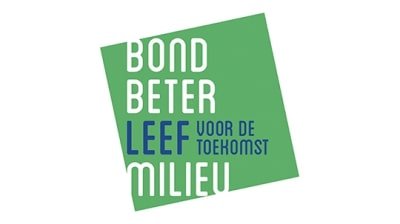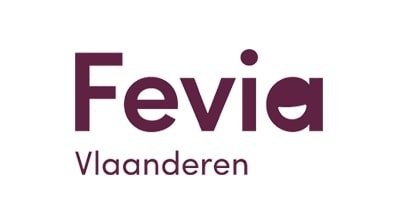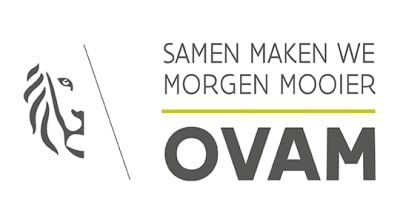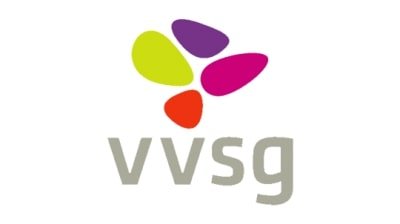Topics
We organise our actions in six thematic & strategic agendas:
Strategic Agendas:
Bio-economy
Circular Construction
Chemicals/Plastics
Manufacturing Industry
Food Chain
Water Cycles
Seven leverages provide additional support:
Leverage effects:
Lever Policy Instruments
Lever Circular Procurement
Lever Communication
Lever Innovation & Entrepreneurship
Lever Financing
Lever Jobs & Skills
Lever Research
What, why and how?
Why are we pursuing a circular economy?
Future visions 2050
How do we see our circular future?
About our management
Who steers what at Flanders Circular?
Pirrouet CO2-negative brick
Sustainable Revolution in Building Materials
Limburg brick producer Vandersanden developed the first CO2-negative facing brick. The bricks are composed of 80% waste streams from the steel industry and no CO2 is released during production. Even more, to harden the bricks, Vandersanden uses CO2 from other companies.
Normally, bricks are fired in tunnel kilns that run on natural gas and emit CO2. This makes it a polluting process that uses exhaustible resources. Vandersanden, on the other hand, puts the facing bricks in a climate chamber in which CO2 is sprayed. That carbon dioxide then binds to calcium in the bricks, making them hard. Thanks to the innovative production process, which also runs on green energy, the company can keep about 60 tons of CO2 out of the atmosphere for every ton of bricks produced.
The bricks themselves are composed of carbinox and stinox, residual streams from construction that would otherwise end up in the waste. In addition, only water, sand and possibly dye are added. As a result, the brick consists of 80% recycled material. The first bricks will be used starting in early 2024 and will be available in nine different colors.
















